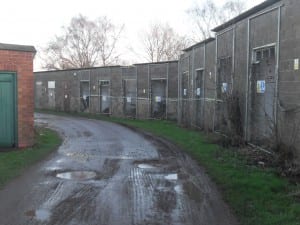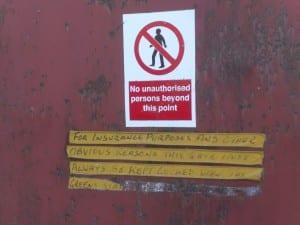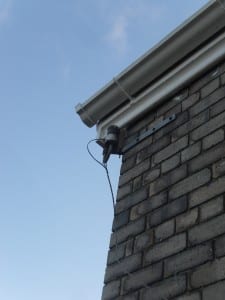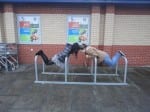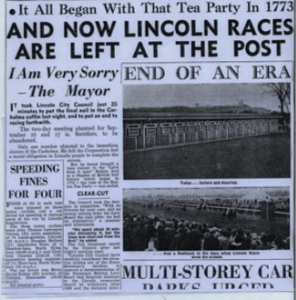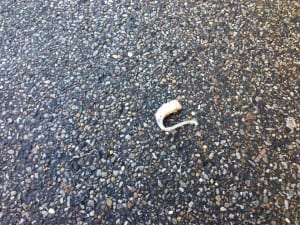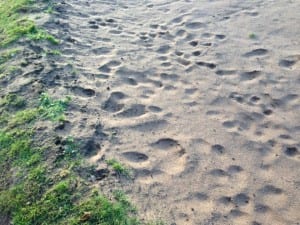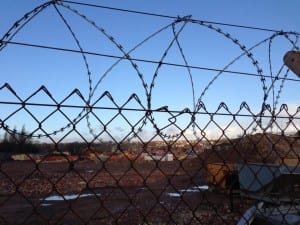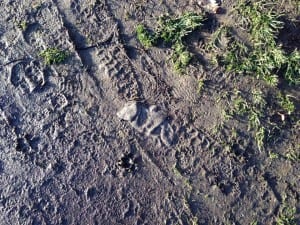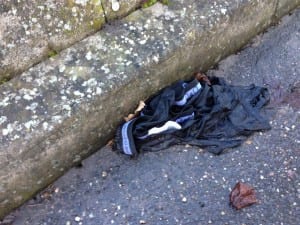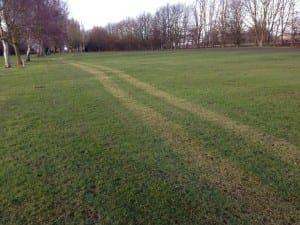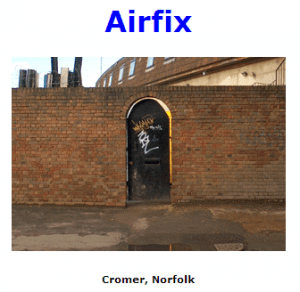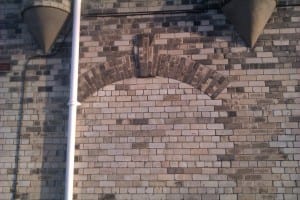“How am I affected? What do I feel? What do I perceive? And what do I experience” (Pearson 2010, p. 22)
As I went round the back of the grandstand, there were a set a horse stables which were derelict. There was a door which had “no authority” signed onto it. Inside had individual compartments stuffed with old planks of wood and tree branches pressed down with metal barred doors with a lock on. So not only was the Grandstand an abandoned building but also its surroundings. There was fresh hoof prints in the mud which gave the signal that there are horses still around. Next door to the old stables where a new set of other ones, this gave the impression that the old stables were not getting used for a certain reason.
We also saw that the announcement speakers had been taken down, Danny came up with the idea of the Grandstand losing its voice towards the society of what it had been. This goes back to how the site can be portrayed as a prison because of it not allowing to have a voice and feeling of being alone.
As we were searching the grounds of the Grandstand, I felt as though I was trespassing because the only people that was there were we. Especially because this was my first visit around the site, it made me feel uncomfortable and very unwelcoming. This sets questions in my head such as does anyone else feel the same way and is that why you never seen around there? Why does it not get used regularly? Maybe I won’t feel alien to it when I visit more.
